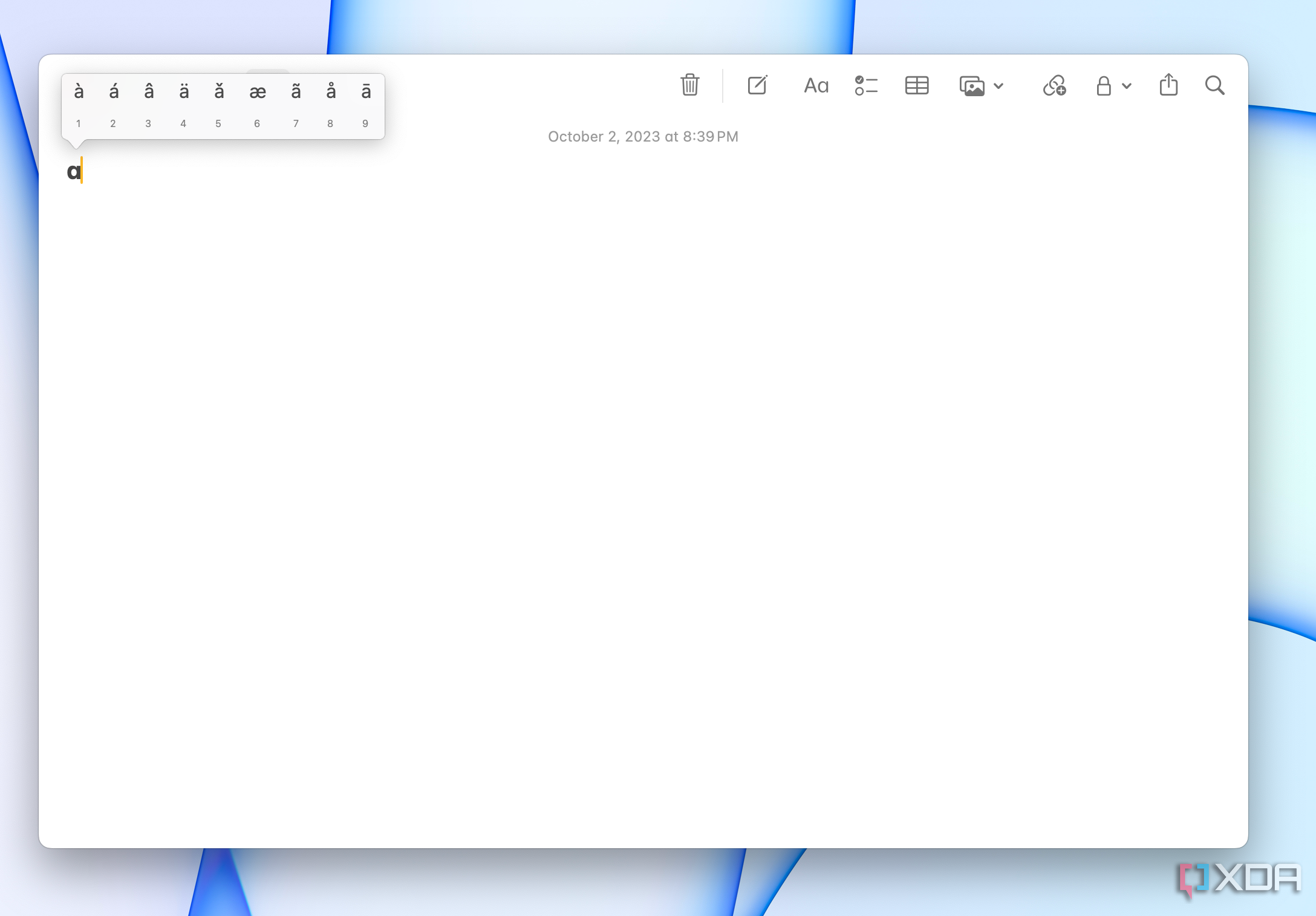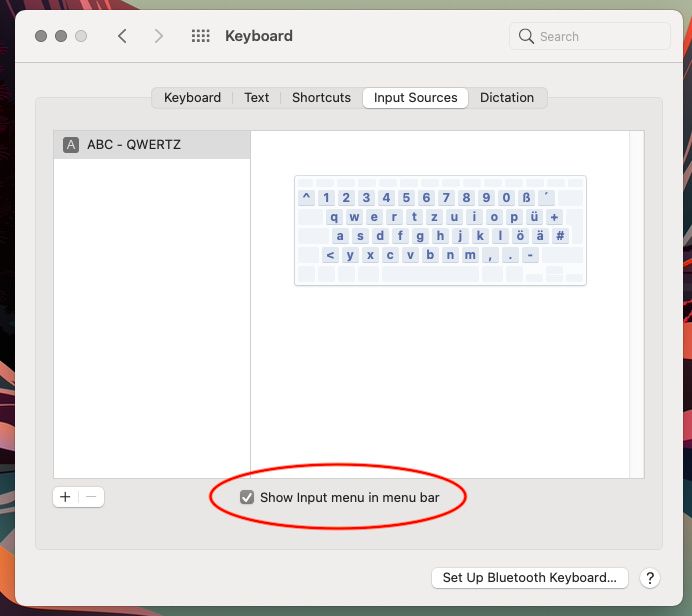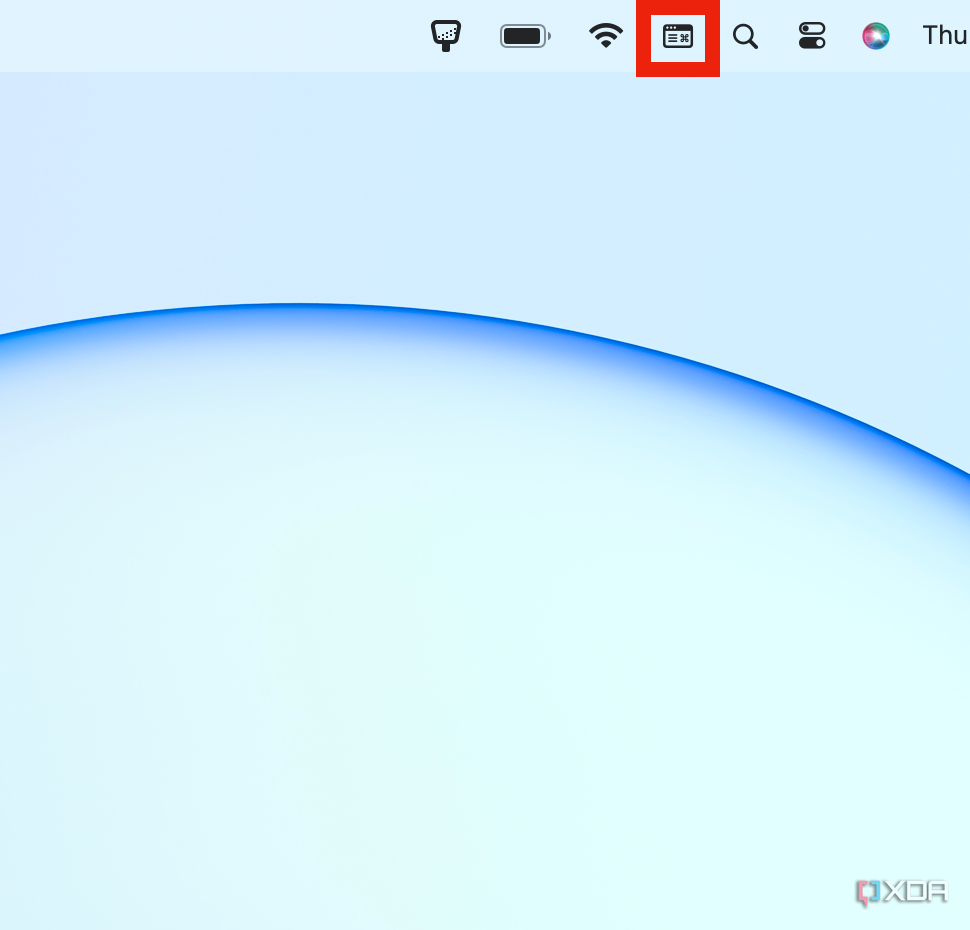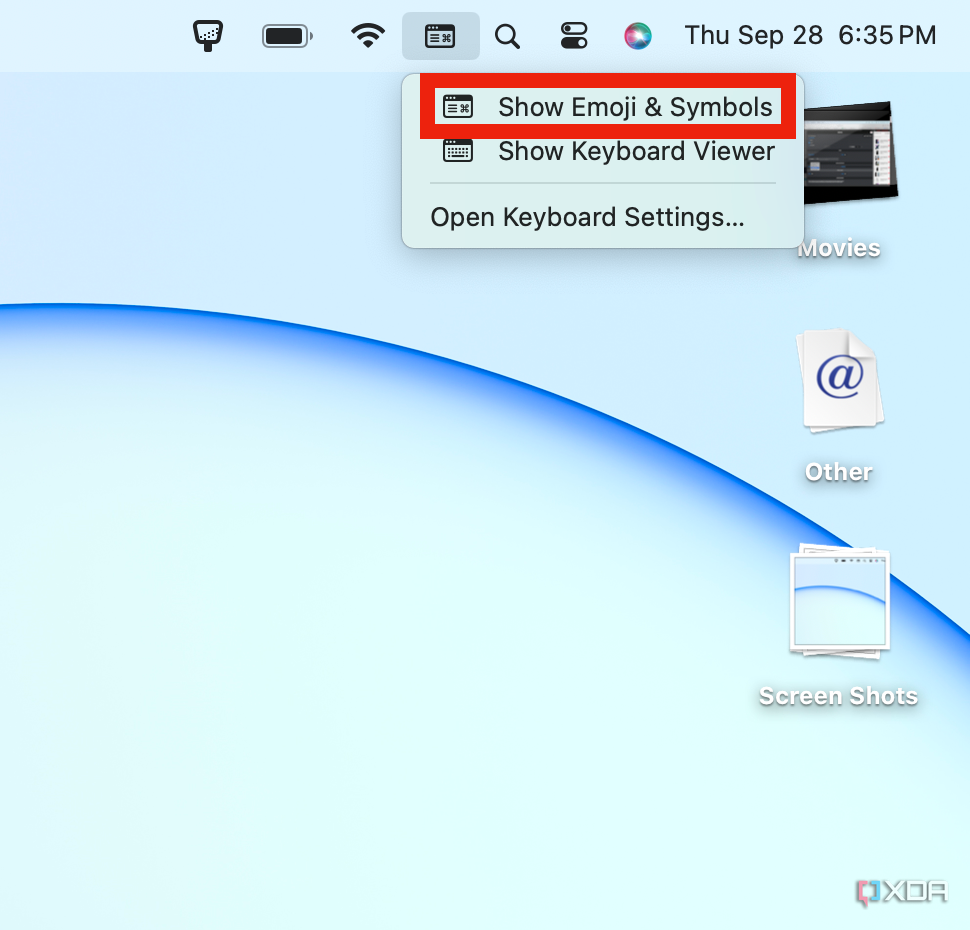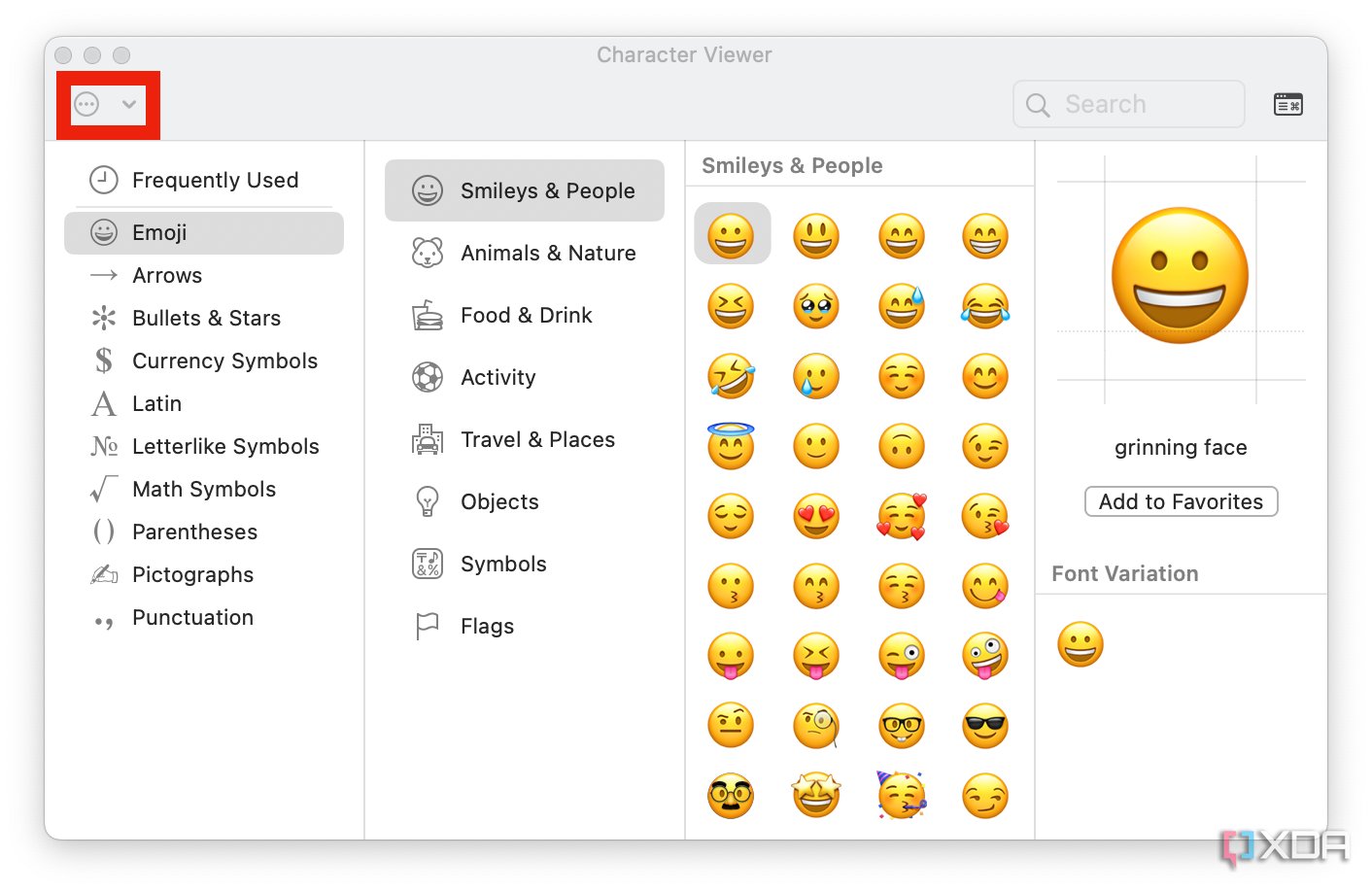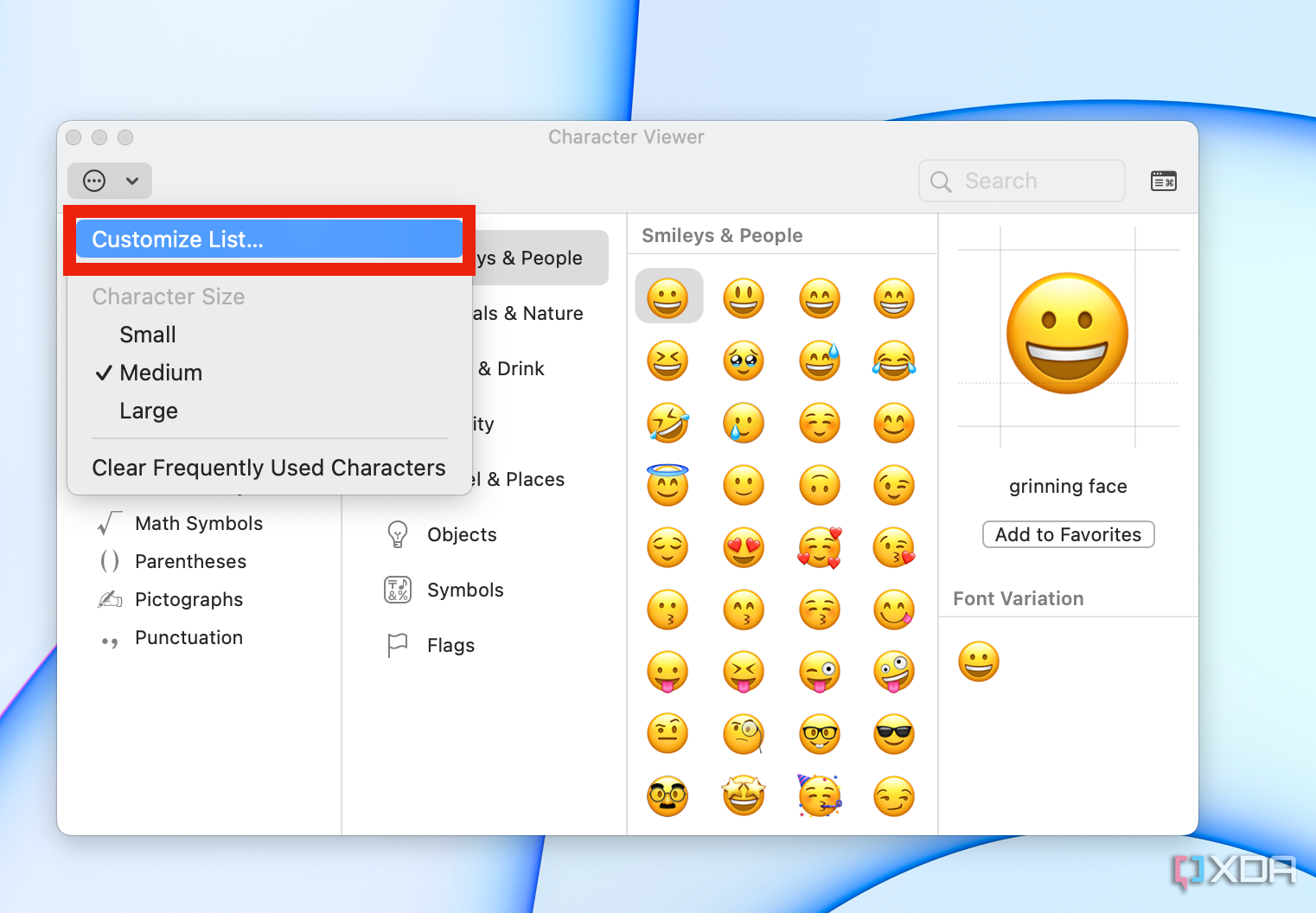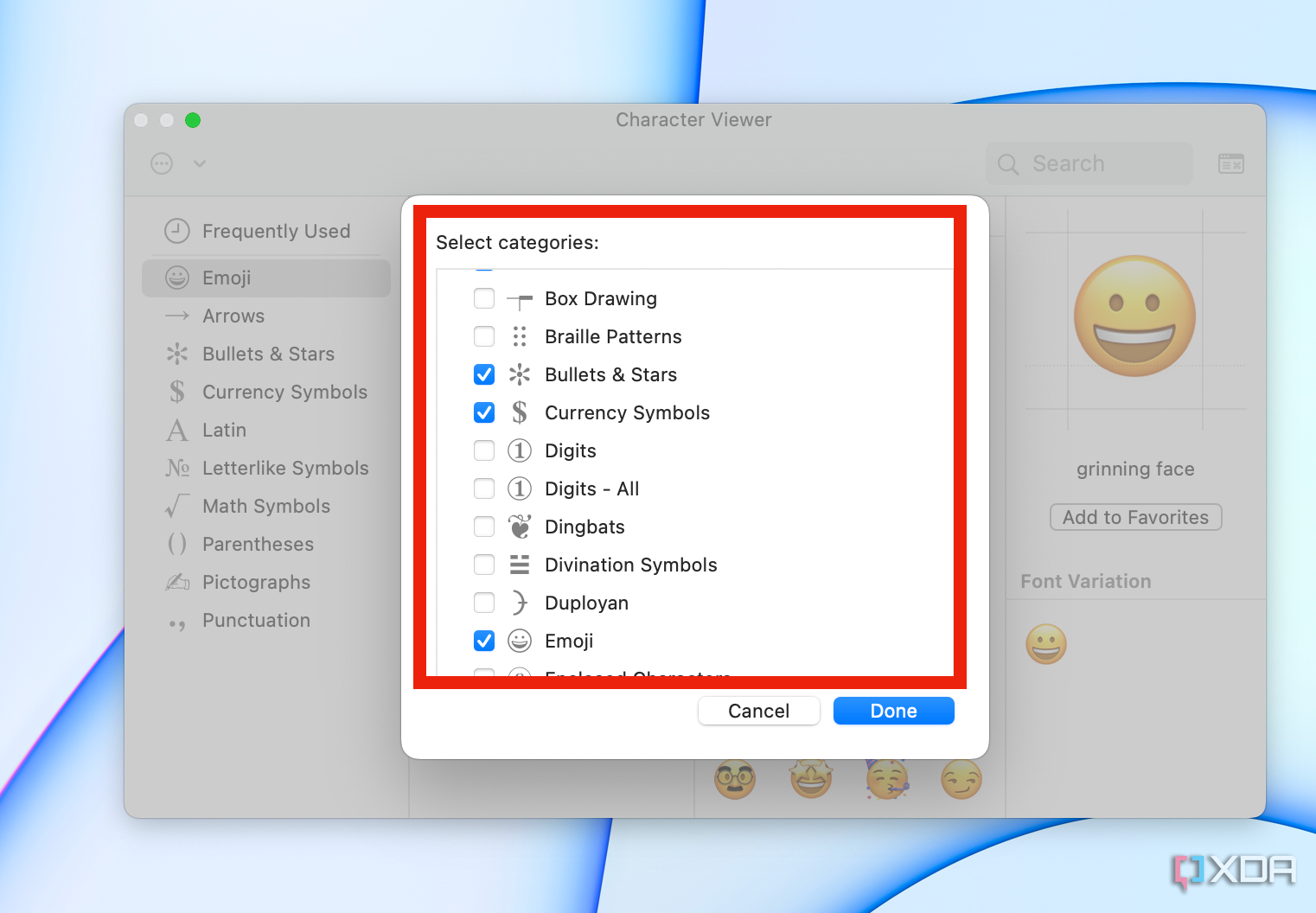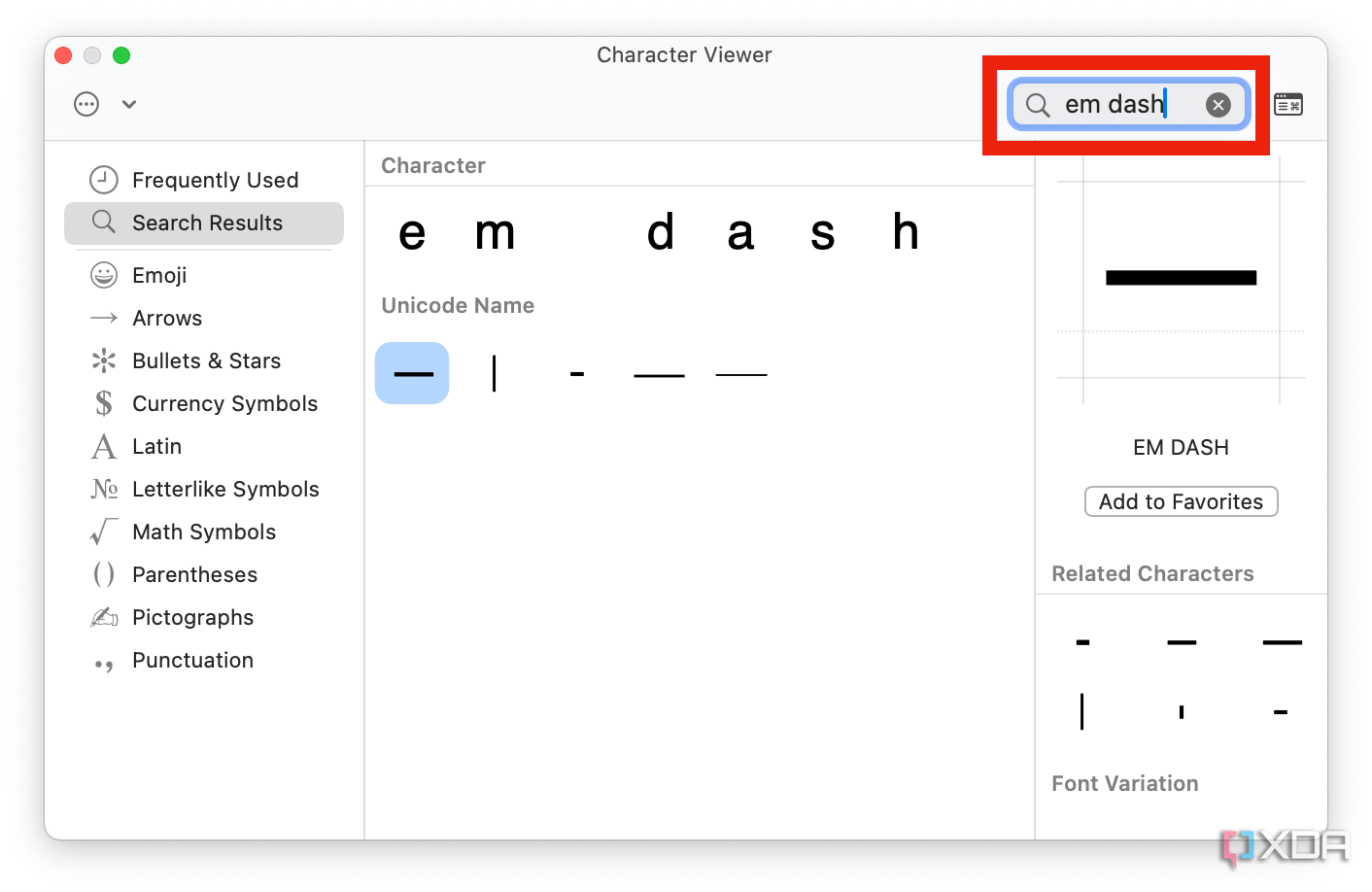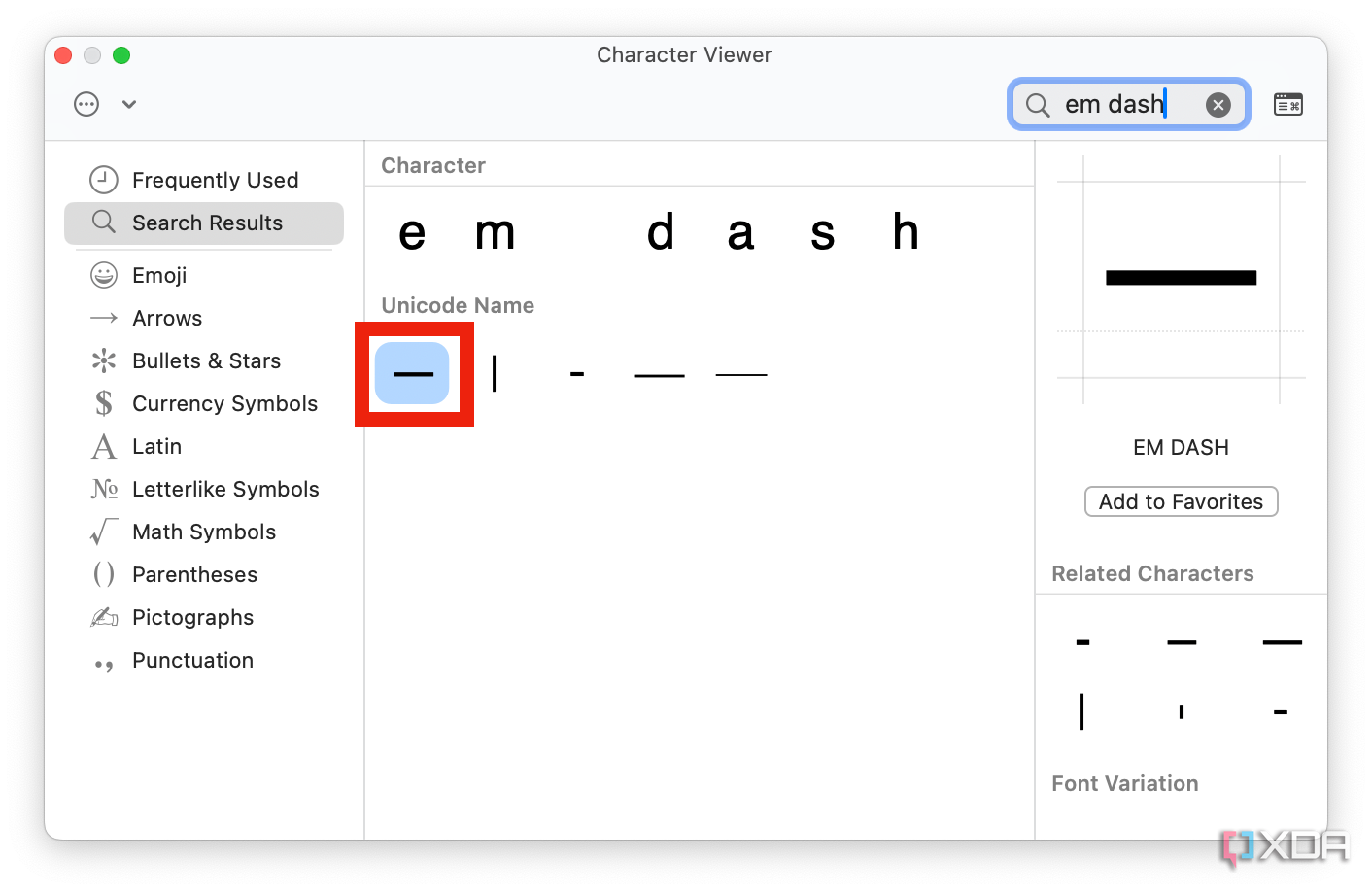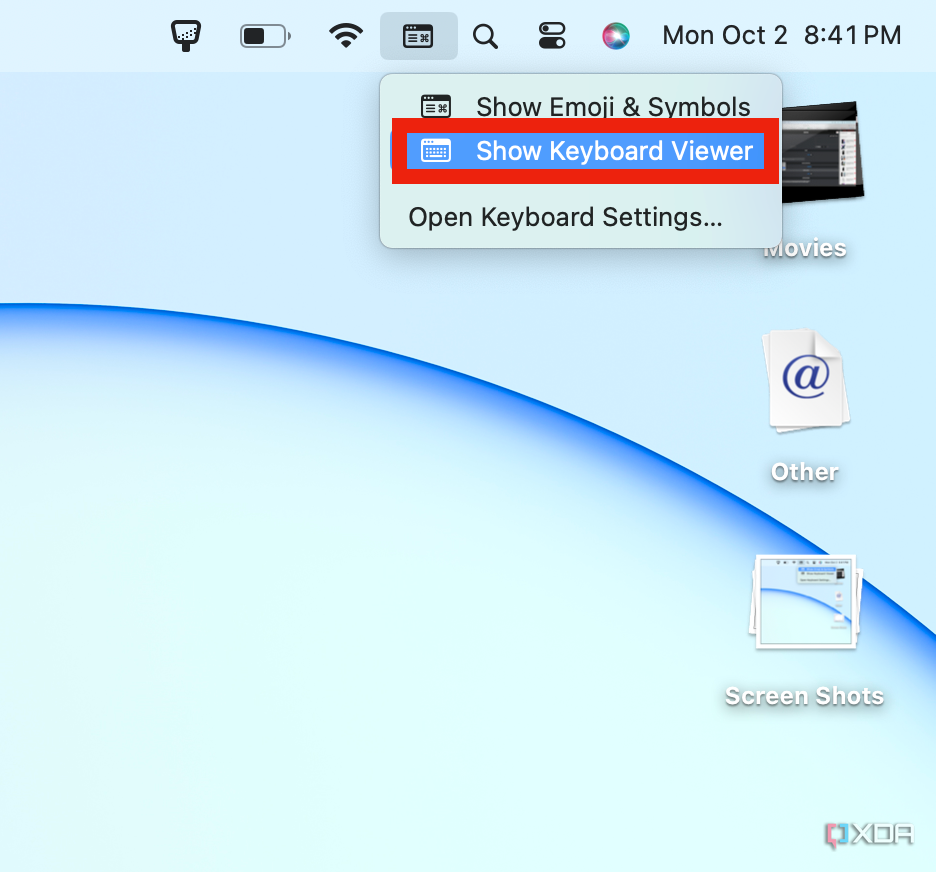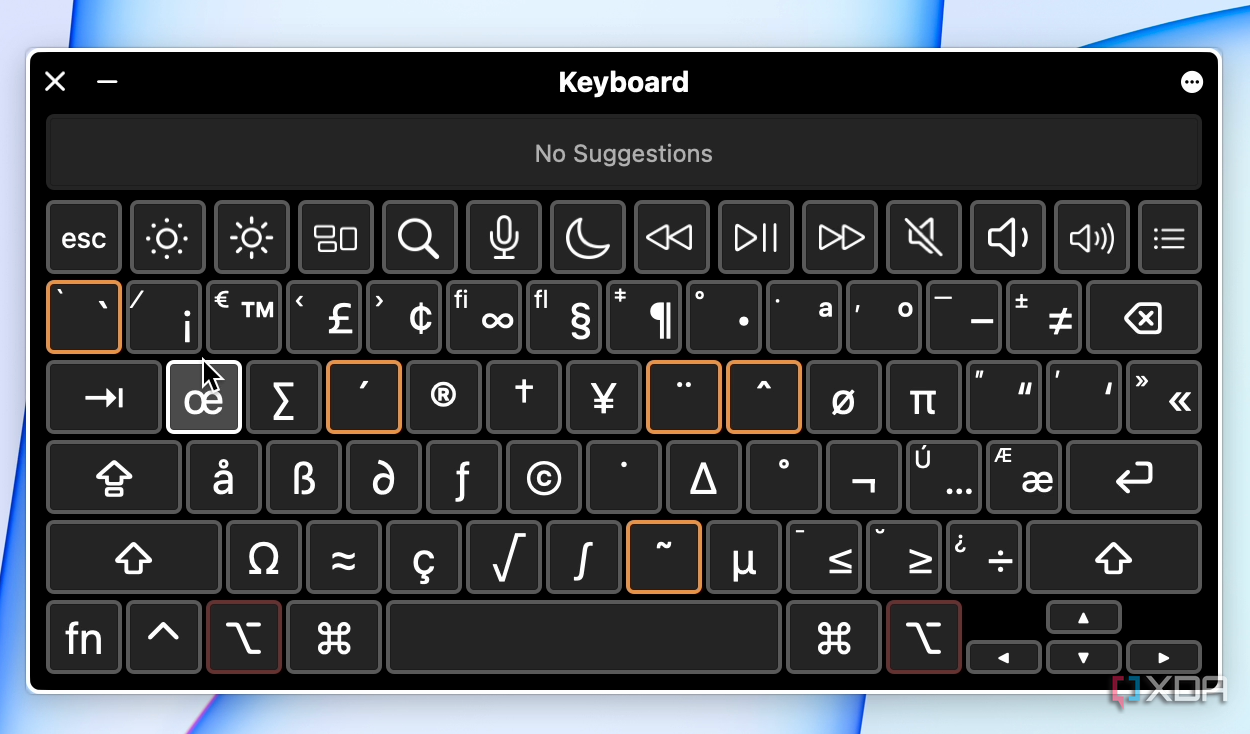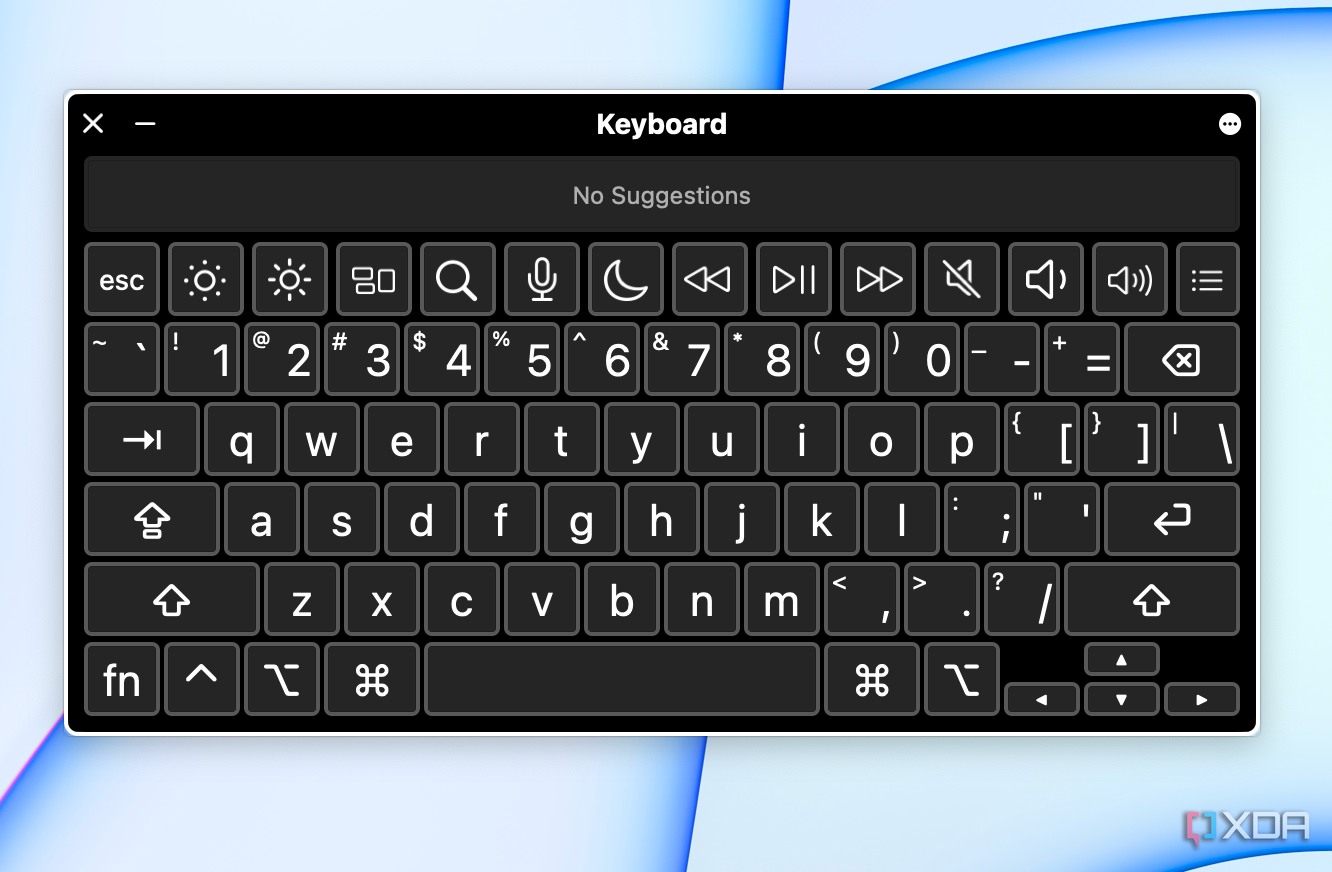Typical QWERTY keyboards that ship on great Mac computers sold in North America have support for a lot of characters. Between the letters, numbers, and symbols printed on the keyboard and the shift, control, option, and command buttons, you can quickly access a lot of special characters on your Mac. But if you want to use a character typically used with a foreign language or any symbol recognized by the Unicode Consortium, you can do so with a bit of extra work. It's not that hard to figure out, and we've compiled this guide to special characters on the Mac to help you out.
Select special characters on the Mac on-screen menus
This is probably the easiest way to make the special characters on a Mac appear. Quite simply, when you need to insert a special character above a particular letter, hold that letter down on the keyboard, and a menu will immediately pop up with the different possible special character combinations. Then, either type the number underneath the one you want or click on the one you want with your mouse or trackpad. It will then appear on your screen.
Unfortunately, it doesn't work everywhere. For example, it didn't work when I tried doing this in LibreOffice. But it works in browsers and Apple applications, such as Pages and TextEdit. But if it doesn't work in your preferred program, just open up a TextEdit document, insert the special character over there, and then copy and paste it over. It's a bit more time-consuming, but it still gets the job done.
How to enable access to more special characters with Keyboard Viewer
There are so many special characters besides the obvious ones, and it's entirely possible that you don't have a clue as to the full extent of them all. To get an immediate overview, or to locate one that is eluding you, you can turn to the Keyboard Viewer. This also works for adding emojis in macOS to text fields. Here's how.
On macOS Monterey and earlier
- To activate the keyboard viewer, go to System Settings or System Preferences.
- Select the Keyboard option in the sidebar or grid.
- Click the Input Sources tab near the top of the window.
-
Select the checkbox beside Show input menu in menu bar.
On macOS Ventura and later
- To activate the keyboard viewer, go to System Settings,
- Scroll down in the sidebar and select Keyboard.
-
Look for the Input Sources section and click edit.
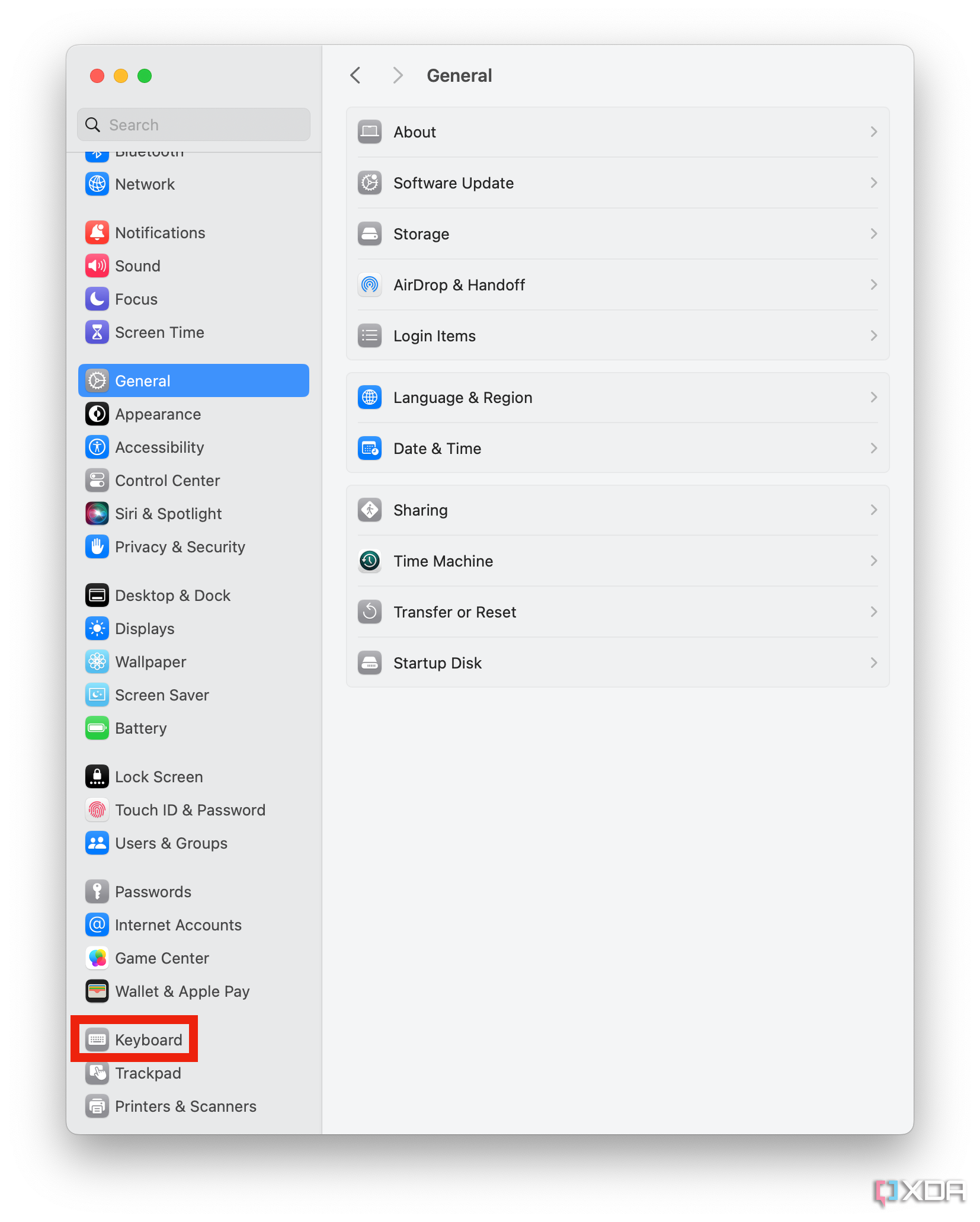
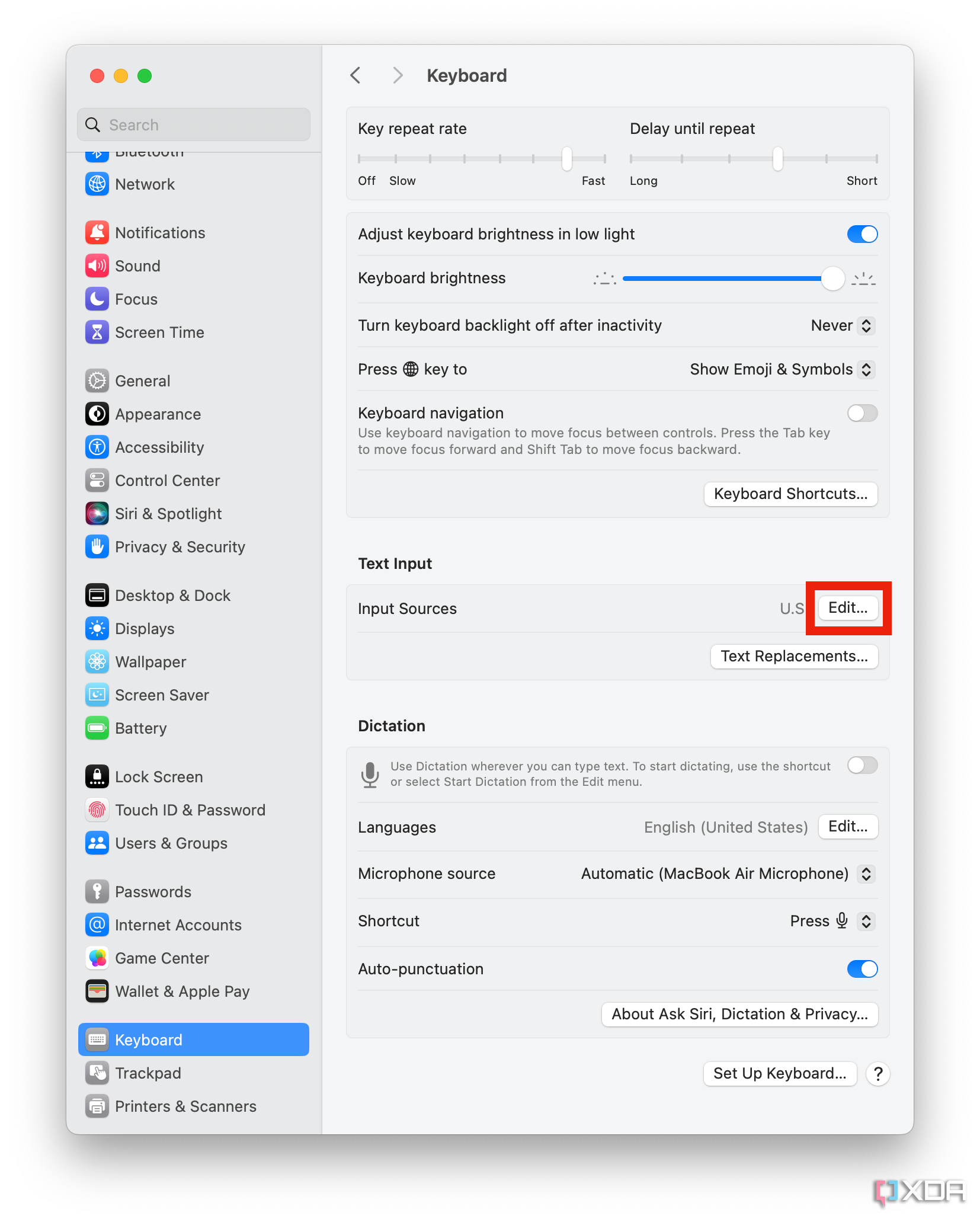
-
Select the toggle beside Show input menu in menu bar.
-
Click Done to finish.
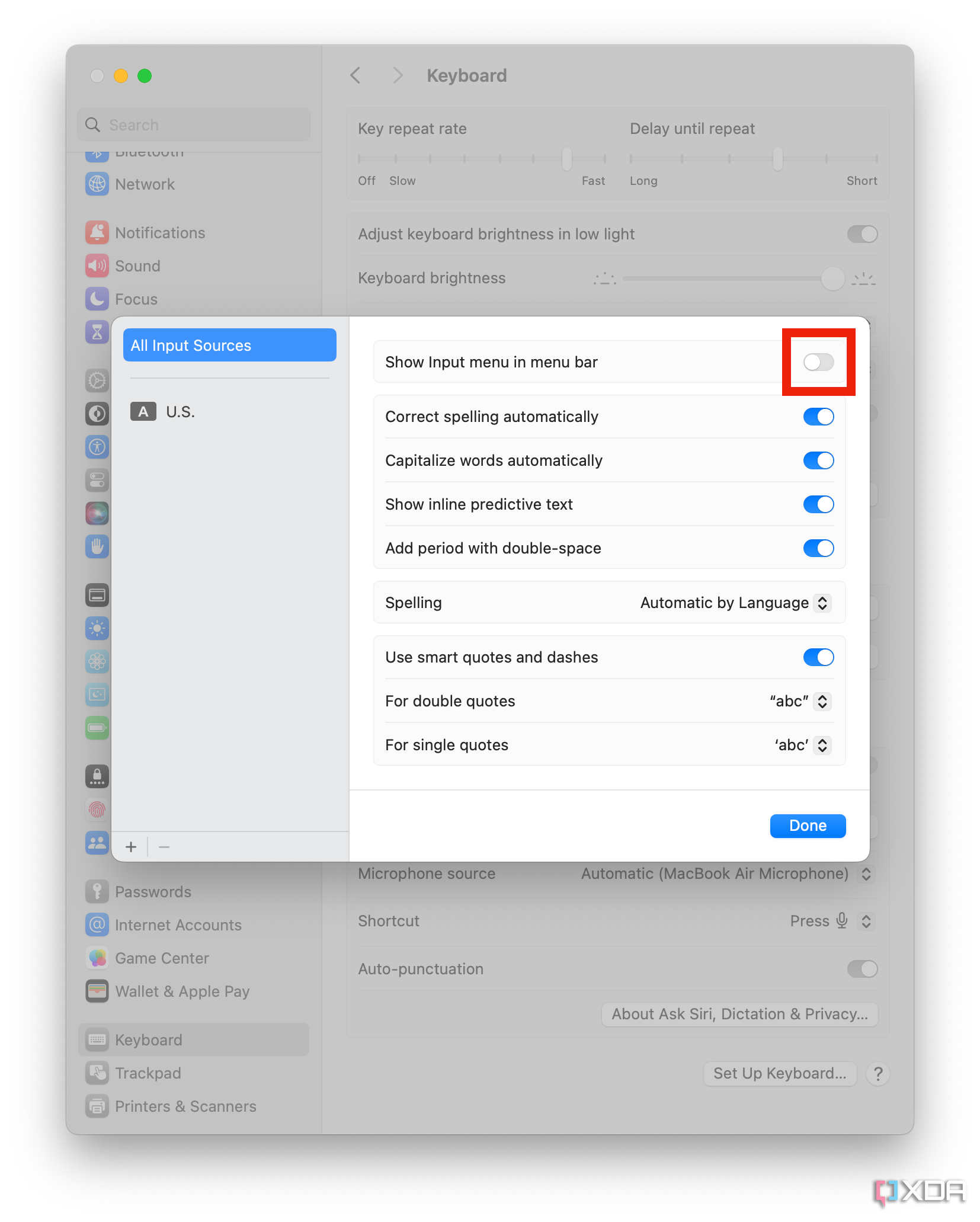
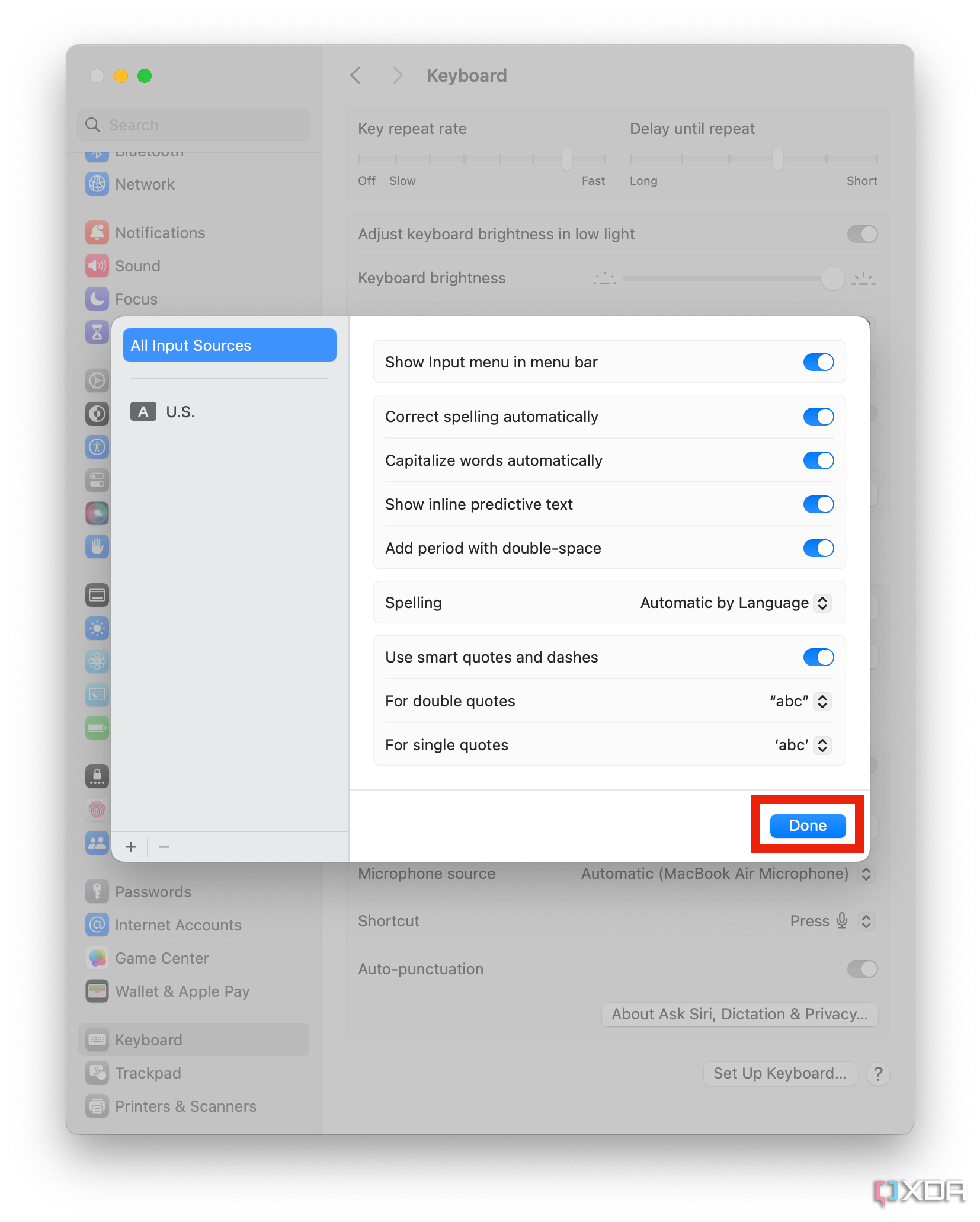
How to use Keyboard Viewer in the menu bar
After enabling the Keyboard Viewer in your Mac's settings, it will appear in your menu bar at all times. Where exactly it's located will depend on what other menu bar items you have active, but it should be near your battery percentage and clock. However, there is more to do to make sure you have access to all the special characters you need.
How to enable all Unicode symbols and special characters
-
Click the Keyboard Viewer icon in the menu bar.
-
Select the Show emoji & symbols option.
-
Click the dropdown menu in the top left corner of the window.
-
Select the Customize list option.
-
Scroll through the list of categories. Click the checkbox beside each category to enable it in the Character Viewer.
-
Use the Search bar in the top right corner of the window to search by Unicode name or category.
-
When your cursor is within a text field, double-click an emoji or special character to insert it.
How to use the virtual Keyboard Viewer for special characters
- Click the Keyboard Viewer icon in the menu bar.
-
Select the Show Keyboard Viewer option.
-
Hold down the Option key while the Keyboard Viewer is open to reveal all the possible special character options.
-
To insert a specific special character, click that key on the virtual Keyboard Viewer.
Which is the best way to insert special characters on Mac?
We've gone over a few ways to insert special characters on a Mac, and each of them will work when you need to input these characters. The simplest method is Apple's default option for macOS Sonoma, which is holding down the letter from which the special character you need is derived from. However, this doesn't work in all apps or for all characters. Otherwise, I'd recommend using the Keyboard Viewer's search field or virtual keyboard if you just need to insert special characters on occasion. If you need to do it more regularly, you might want to consider buying a physical keyboard that features the special characters you use.


